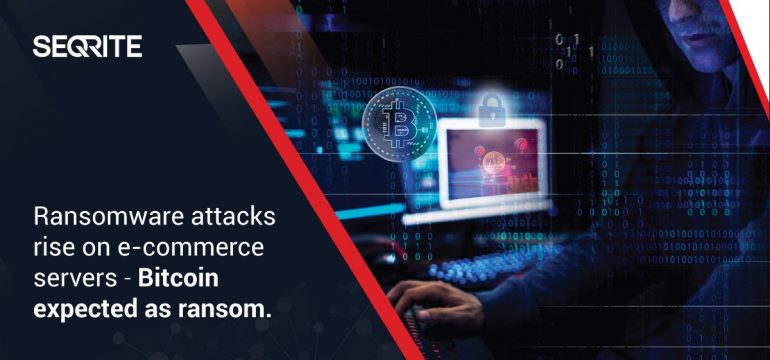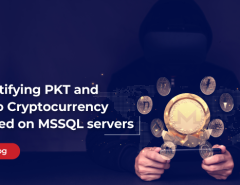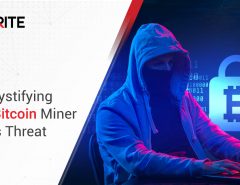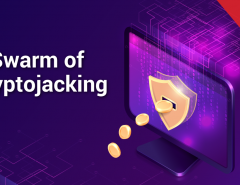E-commerce platforms have always been a favourite target for hackers. The recent months have brought into attention a new campaign by malicious hackers to penetrate insecure servers of e-commerce platforms, steal their databases and then demand Bitcoin to return the stolen data.
Recent reports state that more than 20 databases from e-commerce websites are being offered for sale on a website. Over 1.5 million rows of records are on sale but the amount of data that has been stolen is likely to be higher.
E-commerce databases at major risk!
E-commerce databases are at a higher propensity for being attacked because of the sheer amount of information contained in these data sets. The information is likely to include data such as bank account details, credit card pins and other personal financial data that hackers can sell for substantial sums. These details can be used to cause a further round of damages such as financial frauds. The threat actors are also able to leverage these databases as a ransom to get Bitcoin.
The countries-of-origin of these e-commerce platforms are quite varied. While half the databases were located in Germany, other databases were from Brazil, United States, Italy, India, Spain and Belarus. These websites mostly ran popular e-commerce platforms such as Shopware, JTL-Shop, PrestaShop, OpenCart, Magento V1 and V2.
Once these databases are stolen, the victims receive a ransom note from the perpetrators which state that if the lost databases are to be recovered and to prevent them from being leaked, the victims will have to send a specified amount of Bitcoin on a Bitcoin address. They will have to provide proof of the payment as well on email.
To provide further persuasion, the ransom note warns that if the victims are doubtful whether the attackers are truly in possession of their databases, they can be sent proof. The filenames of the databases are also provided to the victim to make it clear that they possess the databases. The threat ends on a menacing note that if the payment is not received in the next 10 days, the databases will be made public or used for other nefarious means.
What strategy should be followed to combat ransomware?
Investigations also found that some of the wallets owned by the attackers received more than 100 transactions which amounted to a total of 5.8 BTC (approximately USD 53,000). In such a ransomware situation, most enterprises panic and pay the ransom in the hope of getting their data back. However, as we have explained previously, this is not a good strategy as there is no guarantee that, i) the data will be returned safely, ii) there will not be another attack and another ransom demand.
Powered by Artificial Intelligence, Seqrite’s state-of-the-art patented Anti-Ransomware technology is a powerful solution for e-commerce enterprises to detect and block ransomware attacks in real-time. Through a combination of advanced algorithms and behavioural detection techniques, Anti-Ransomware technology can be effective against complex and sophisticated ransomware.
While Seqrite’s Anti-Ransomware technology also backs up important files which are commonly used on endpoints such as Word documents, PowerPoint presentations, it should not be used solely as a backup solution. Enterprises should combine Seqrite’s Anti-Ransomware technology with a complete backup solution to ensure the best protection against ransomware.




